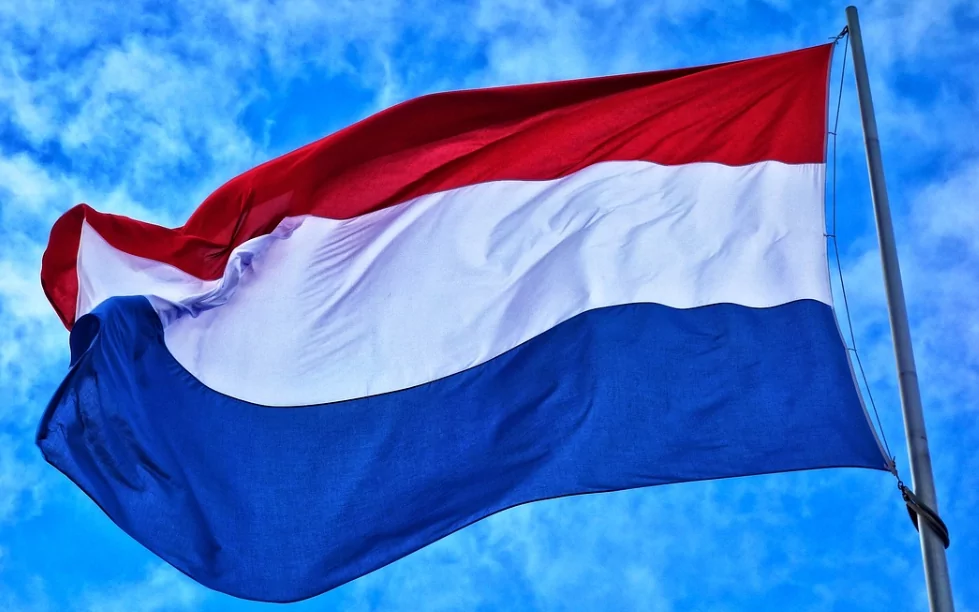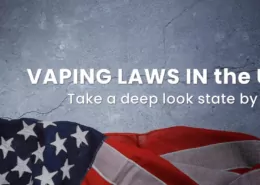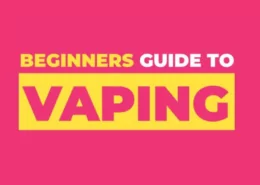The Netherlands to Ban Flavoured Vapes
Impact and Implications Explained

The Dutch government has recently announced a ban on flavoured e-cigarettes, making it one of several EU agencies to take this step. In this article, we will explore the reasoning behind this decision, its potential impact on the vaping industry, and what it means for manufacturers and consumers.
A Safer Alternative to Combustible Cigarettes
Over the years, e-cigarettes have been promoted as a safer alternative to traditional combustible cigarettes. One of the key factors that attracted smokers to switch to vaping is the variety of flavours available. These flavours have successfully enticed long-time smokers to try e-cigarettes as a way to quit smoking.
New Research on Youth Vaping
The Dutch government’s decision to impose a flavour ban was largely influenced by recent research highlighting the attractiveness of vapes to young people. To discourage their use among this demographic, the ban will only allow for tobacco-flavoured e-cigarettes to be sold.
Reason for the Ban
The flavour ban appears to have been prompted by events in the United States during the summer of 2019. At that time, several e-cigarette users developed serious lung problems and some even died as a result. It’s important to note, however, that the EU’s Tobacco Products Directive has more stringent ingredient restrictions than those in the U.S., which may explain why there have been fewer adverse health events in Europe.
Youth Vaping Rates Lower Now Than in 2015
E-cigarettes are primarily used by adults who smoke, have smoked, and/or want to quit. Nonetheless, a 2019 study revealed that 25% of young people aged 12 to 16 had tried an e-cigarette at least once. While this percentage is lower than the 34% recorded in 2015, it still remains a concern for Dutch authorities who have decided to regulate flavours more heavily.
The Flavour Ban and Its Scope
The flavour ban applies to all liquids and parts of e-cigarettes that are intended for use in e-cigarettes. This includes liquids for refill packs or pre-filled cartridges, as well as pre-filled e-cigarettes and single-use e-cigarettes.
List of Permitted Ingredients
Under the Tobacco and Smoking Regulation (Article 2.12), a list of permitted ingredients has been outlined. In addition to the ingredients on this list, the following are also allowed:
- Carrier liquids (e.g., PG, VG)
- Preservatives
- Acids
- Other additives that do not have a function of flavour, except for tobacco flavour
What the Flavour Ban Means for Manufacturers
Manufacturers must now submit a “significant modification” via the EU TPD notification system to amend their formulations in line with the flavour ban. In practice, this means converting a fruit-flavoured range of vape products into a tobacco-only range.
Conclusion
The Dutch government’s decision to ban flavoured e-cigarettes has sparked debate on the potential impact on public health and the vaping industry. While the ban aims to discourage youth vaping, it may also affect adult smokers who have turned to e-cigarettes as a safer alternative. Only time will tell how this decision will shape the future of the vaping industry in the Netherlands and beyond.
FAQs
- Why has the Netherlands decided to ban e-cigarette flavours?The ban is intended to discourage youth vaping by making e-cigarettes less appealing to young people.
- What types of e-cigarette products are affected by the ban?The ban applies to all liquids and parts of e-cigarettes intended for use in e-cigarettes, including refill packs, pre-filled cartridges, pre-filled e-cigarettes, and single-use e-cigarettes.
- What ingredients are still allowed under the ban?Permitted ingredients include carrier liquids (e.g., PG, VG), preservatives, acids, and other additives that do not have a function of flavour, except for tobacco flavour.
- How will the flavour ban affect e-cigarette manufacturers?Manufacturers must submit a “significant modification” via the EU TPD notification system to amend their formulations in line with the flavour ban, essentially converting fruit-flavoured ranges to tobacco-only ranges.
- Could the flavour ban have negative consequences for adult smokers?There is a possibility that the ban might affect adult smokers who have turned to e-cigarettes as a safer alternative to traditional cigarettes, as the variety of flavours has been a key factor in enticing smokers to switch.
- Guide to Quitting Vaping: Proven Strategies for Success - July 23, 2024
- TRPR and TPD UK Regulations for Vaping Devices and E-Liquids - July 23, 2024
- Guide to the New Tobacco and Vape Regulations in Romania - July 23, 2024
Related posts:
 Vaping Laws in Canada – Everything You Need to Know
Vaping Laws in Canada – Everything You Need to Know
 The Latest Vaping Statistics for 2023: A Comprehensive Look
The Latest Vaping Statistics for 2023: A Comprehensive Look
 Vaping Laws in the U.S. by State
Vaping Laws in the U.S. by State
 Australia Vaping Laws – Is Vaping Illegal in Australia
Australia Vaping Laws – Is Vaping Illegal in Australia
 Global Vape Industry Weekly Report (3.20-3.26)
Global Vape Industry Weekly Report (3.20-3.26)
 The Ultimate Vaping Guide: Everything You Need to Know
The Ultimate Vaping Guide: Everything You Need to Know


